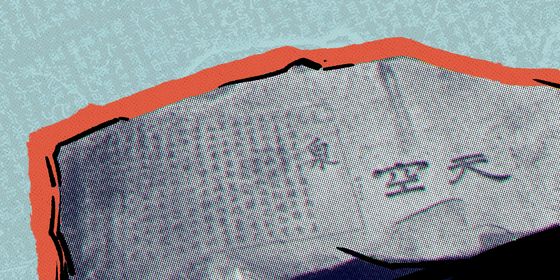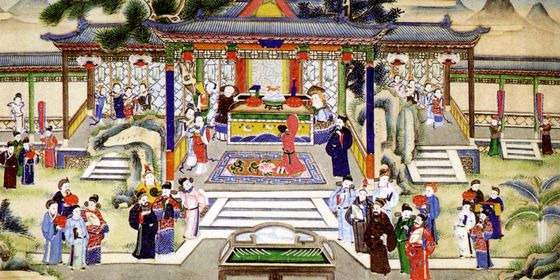A guide to ancient beauty and cosmetics in the Tang dynasty
Hey gorgeous, welcome to Concubine Yang Guifei’s beauty channel! Streaming to you live from the Great Tang Empire (618 – 907), I’m privileged to be living not only at the zenith of Chinese civilization, but in an era that painted a magnificent chapter on cosmetics—so today, we are going to have a look at how I do my makeup in the morning.
Let us begin by cleansing our face with bath beans (澡豆). This is a bar-shaped soap made by mixing soy bean powder, spices, and medicinal herbs, which not only cleans but nourishes the skin. “Face and hand cream, clothing incense, and bathing beans are all essentials of nobles and officials,” wrote Sun Simiao (孙思邈), a doctor of the Tang dynasty, in his book on Chinese medicine Treasured Prescription.
Next, apply your foundation. I use a type of white face powder made by exposing lead to vinegar. Another type, using a rice-flour base mixed with ointment, is far safer, or so I’ve been told. Either way, it helps make my face shiny and flawless. Whitening products are called qianhua (铅华) in my period, referring to their lead content. The idiom “Wash away all qianhua (洗尽铅华),” literally meaning no longer wearing makeup, is a metaphor for women who’ve decided to abandon a life of luxury.
Rouge is a must-have for tinting our cheeks and lips. The earliest form of rouge, dating from the Shang dynasty (1600 – 1046 BCE), was made from the juice extracted from red and blue flowers. In the Tang dynasty, we refine red pigment from flowers with extra ingredients, such as beeswax and animal fat, to make the product denser.
Skin Deep is a story from our issue, “Rural Rising.” To read the entire issue, become a subscriber and receive the full magazine.













